Alright folks, buckle up—because if there’s one thing we’ve learned from the tech world, it’s that if you don’t have a shiny new toy with a ridiculous number of GPUs, are you even a serious player? Meta, the tech giant formerly known as Facebook, is about to flex big-time in the AI space with its new 100,000 Nvidia H100 GPU cluster. Yes, you heard that right—100,000 GPUs. We’ve officially entered the "my cluster is bigger than your cluster" phase of the AI arms race.
But let’s take a step back. Why does this matter to anyone not geeking out over hardware specs? Well, if you care about the future of AI, whether it’s powering chatbots, autonomous systems, or even just making your social feed smarter, this is huge. Meta’s colossal investment is not just about bragging rights—it’s about who gets to lead the next wave of AI innovation.
The Context: Meta’s All-In on LLaMA
First things first, what’s Meta doing with all these GPUs? They’re putting the final touches on this massive cluster to power their next version of LLaMA. No, not the animal, but their language model. The current wave of AI is heavily reliant on GPUs to train models that can simulate human-like responses. And in case you missed it, the future of tech is going to be all about these AI language models.
Meta’s plan? Use this cluster to leap ahead of its rivals in the AI race. They’re betting big—$2 billion big, in fact. Yep, the cost of these GPUs alone is enough to make even the most extravagant tech enthusiasts blush.
And here’s the kicker: Meta’s not the only one. Recently, Elon Musk hinted at building his own AI cluster—proving that this isn’t just a "Meta thing." This is about survival in the new tech jungle where only the biggest and fastest brains (and clusters) thrive.
Why 100,000 GPUs?
Let’s be real—100,000 GPUs sounds like something straight out of a sci-fi novel. But why does Meta need so many? The answer is simple: scale. As AI models get more complex, they need more computational power to handle larger datasets, more neurons, and—let’s face it—more "brainpower."
Imagine you’re running a marathon, but instead of one person running, you’ve got an entire army doing it. The more runners you have, the faster and further you can go. In the AI world, GPUs are your runners, and 100,000 of them? Well, that’s an army that can handle anything from AI-powered content moderation on Instagram to developing the next generation of VR worlds in Meta’s Horizon.
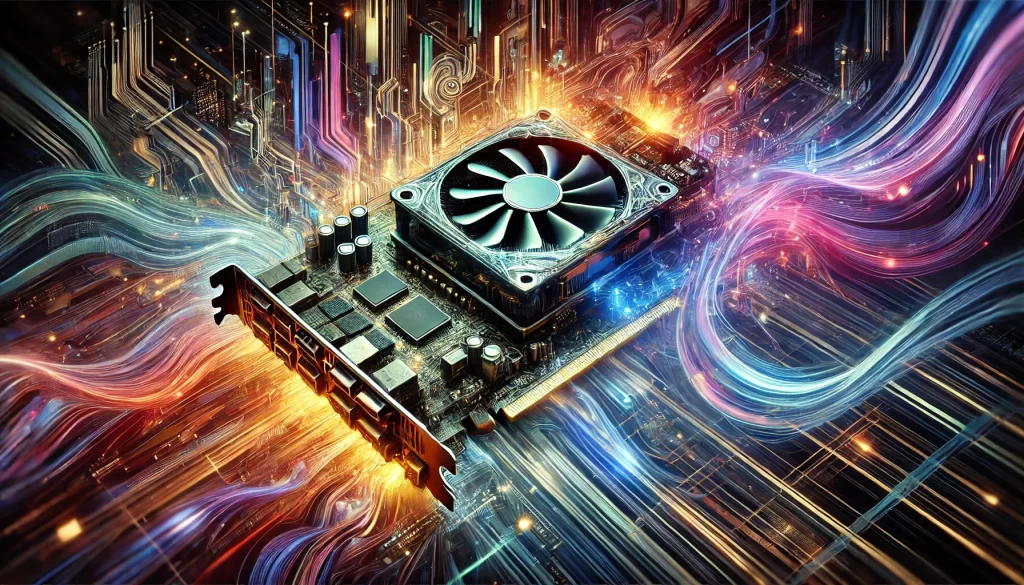
How Does This Affect You?
Now, you might be thinking, "Cool story, but why should I care?" Well, dear reader, this could affect everything from how you interact with social media to how you work, shop, and even relax.
AI is no longer the future—it’s very much the present. It’s powering your Netflix recommendations, optimizing your Google searches, and yes, it’s even helping decide which cat videos show up in your Facebook feed. Meta’s AI investments could make these systems smarter, faster, and—hopefully—less likely to suggest that you buy another pair of shoes you don’t need.
But here’s the flip side. With great power comes great responsibility—or at least, it should. There are real concerns about data privacy, AI’s impact on jobs, and even how these massive language models are being trained. Are we heading into a world where machines are better at our jobs than we are? Possibly. That’s a conversation we all need to have.
The Bigger Picture: AI Arms Race
Let’s zoom out for a moment. What Meta is doing with its 100,000 GPU cluster isn’t happening in a vacuum. The AI arms race is in full swing, with companies like Google (with their DeepMind division), Amazon, and yes, even Elon Musk, competing to build the biggest and baddest AI clusters.
Why? Because whoever masters AI first wins. Wins what, you ask? Well, just about everything—control over the future of work, entertainment, healthcare, and, essentially, how we live our lives.
Meta’s move into AI with LLaMA is about more than just showing off—it’s about securing its place as a tech leader for the next decade. But the stakes are high, and the competition is fierce.
Should You Be Excited or Terrified?
On the one hand, this is an exciting time for tech enthusiasts. We’re standing at the edge of a new frontier, where AI has the potential to revolutionize industries, make our lives easier, and solve some of humanity’s biggest challenges.
On the other hand, there’s a growing sense of unease about how quickly this is all moving. What happens when AI becomes too good at its job? Will we, as humans, be left behind in a world dominated by algorithms and clusters that are smarter than we are?
These are the questions that Meta—and the rest of the tech world—will need to answer. But for now, one thing is clear: the AI arms race is on, and Meta just made a bold move that could change everything.
What’s Next?
Meta’s 100,000 GPU cluster is expected to be completed later this year, just in time for the AI world to start turning heads. Whether you’re a tech enthusiast or someone who barely knows what a GPU is, this matters.
The future of AI isn’t just coming—it’s here, and it’s growing at a pace that would make even Moore’s Law blush.
But let’s hear from you. What do you think about Meta’s massive investment in AI? Are you excited about the future of smarter systems, or are you concerned about the implications? Drop your thoughts in the comments below.
Join the iNthacity Community!
We’d love to hear what you think! Become part of the iNthacity community, claim your citizenship of the "Shining City on the Web", and join the debate. Like, share, and drop your comments below!

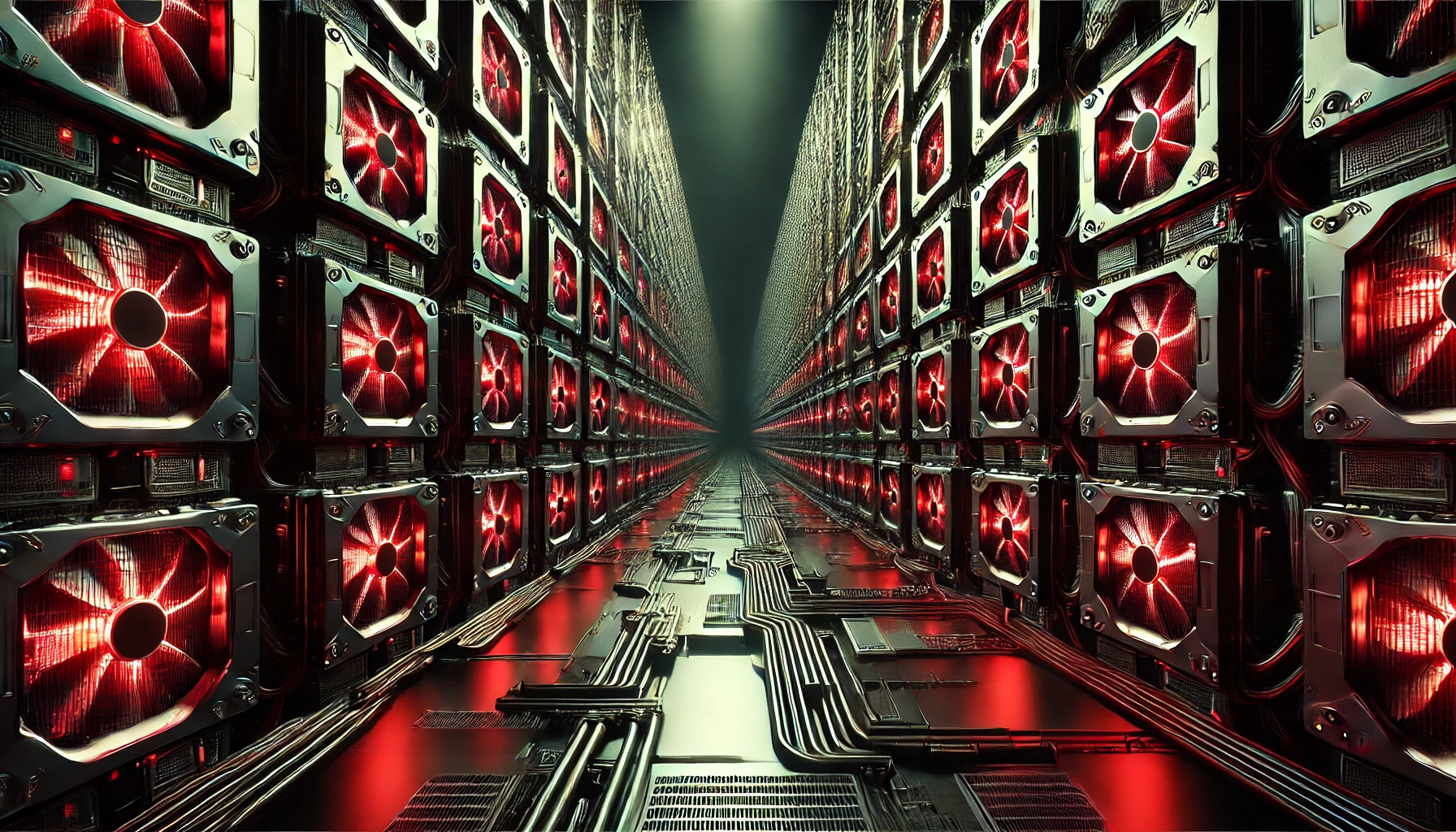
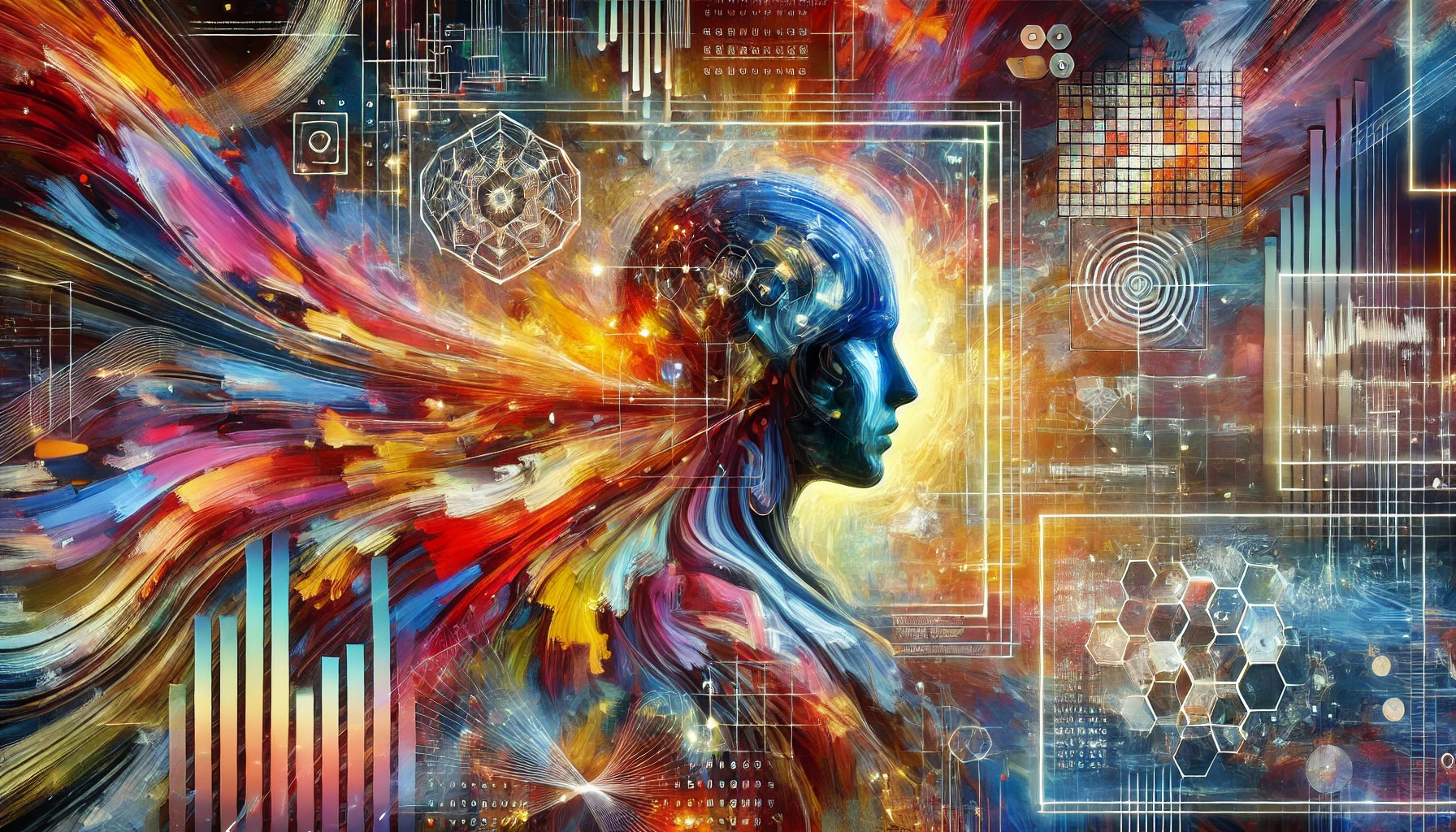
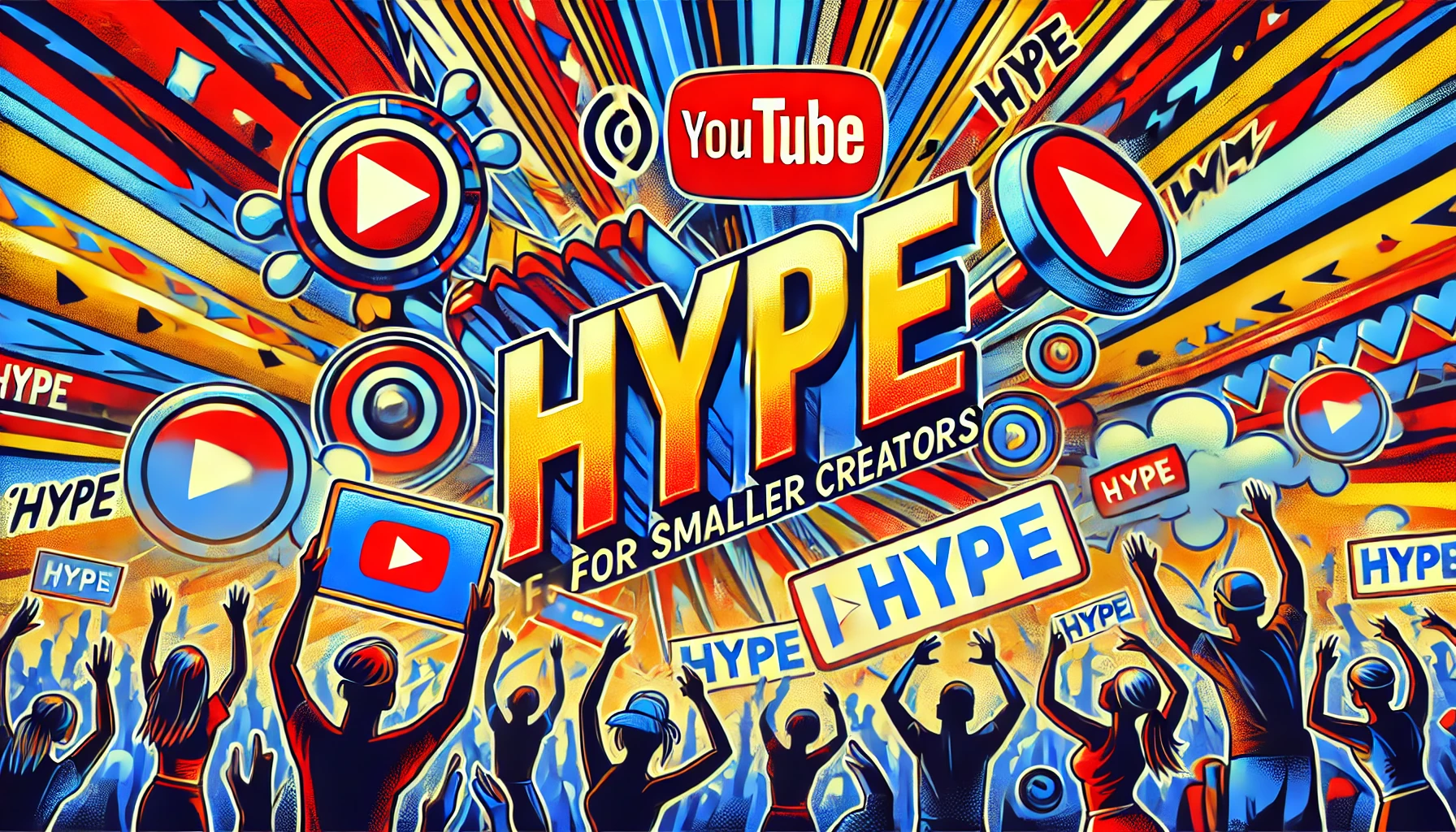
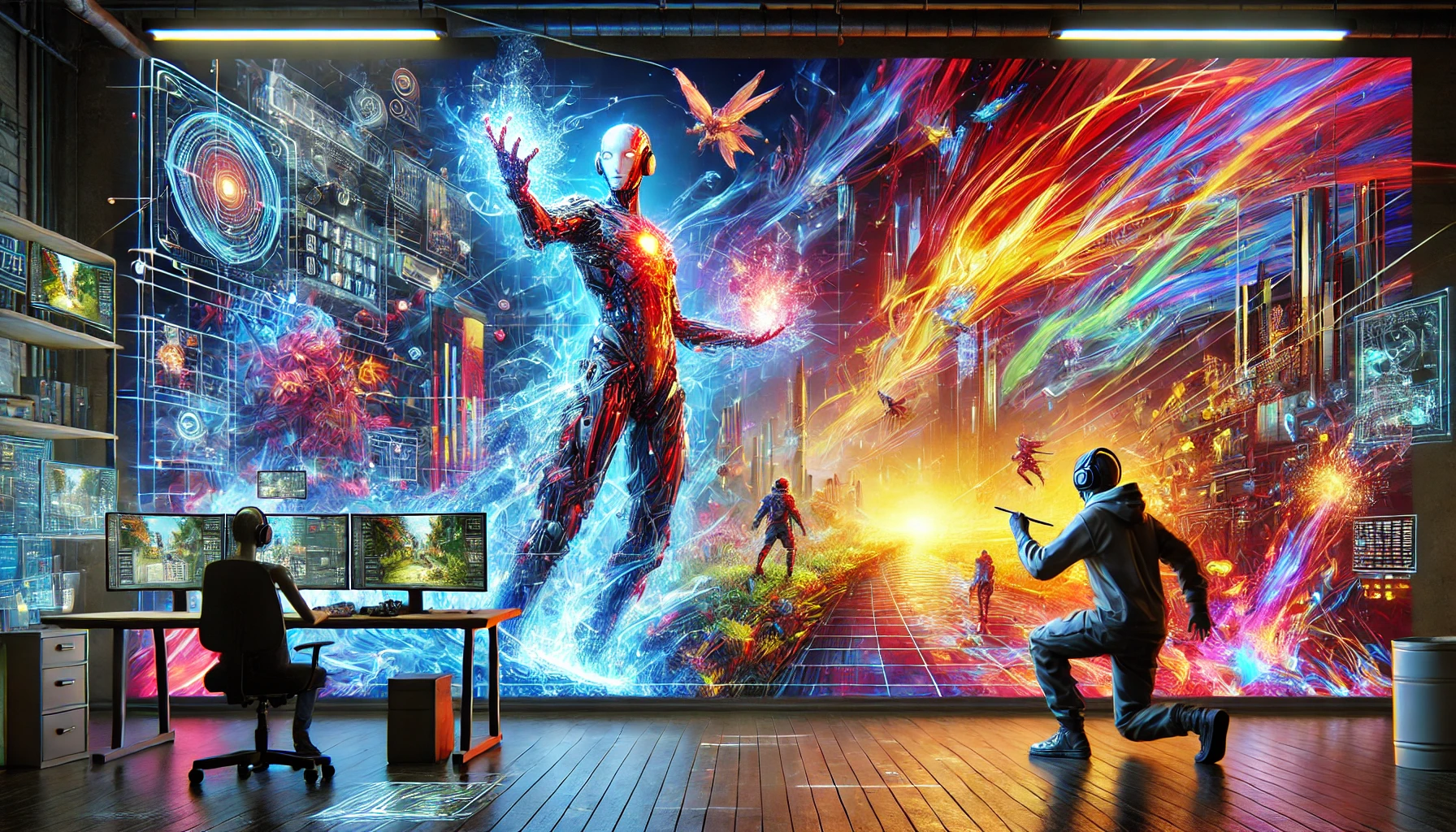















Post Comment
You must be logged in to post a comment.